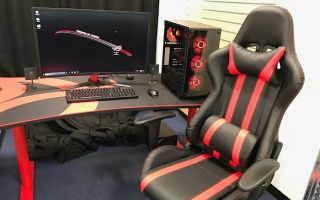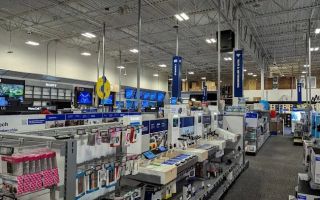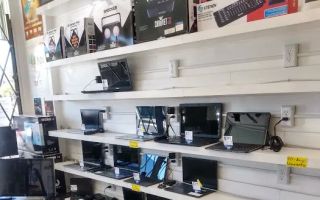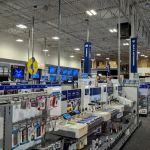How to Access the Dell Boot Menu: A Step-by-Step Guide
- 1. Why You Need to Access the Dell Boot Menu
- 2. Steps to Access the Dell Boot Menu
- 3. Common Issues with Dell Boot Menu Access
- 4. Real-Life Experience with Dell Boot Menu
- 5. Advanced Options in Dell Boot Menu
- 6. Useful Tools for Dell Boot Menu and Troubleshooting
1. Why You Need to Access the Dell Boot Menu
Accessing the Dell boot menu is essential when you need to change the boot device, troubleshoot issues, or reinstall your operating system. The boot menu allows you to select whether you want to boot from the internal hard drive, an external device like a USB drive, or from recovery media. It’s especially useful when you need to troubleshoot your system or perform tasks like installing a new OS or running diagnostics. By mastering the boot menu access steps, you gain more control over your system and can manage the startup process effectively.
2. Steps to Access the Dell Boot Menu
Here’s a simple guide on how to access the Dell boot menu:
- Shut down your Dell computer: Ensure that your computer is completely powered off.
- Turn on the computer: Press the power button to turn it back on.
- Press the F12 key: As soon as the Dell logo appears, press the F12 key repeatedly until the boot menu appears. This should be done quickly after powering on.
- Select your boot device: The boot menu will display a list of available devices. Use the arrow keys to select the device you want to boot from, such as a USB stick, CD/DVD drive, or network boot.
Once you've selected the desired device, press Enter, and your system will boot from that device. This menu can help you perform system recovery or install a new OS from external media.
3. Common Issues with Dell Boot Menu Access
Sometimes, users may encounter issues when trying to access the Dell boot menu. Below are some common problems and solutions:
- Boot menu not appearing: If pressing F12 doesn’t bring up the boot menu, try restarting your computer and pressing the key earlier in the startup process. Ensure you are pressing the F12 key as soon as the Dell logo appears.
- Incorrect keyboard response: In some cases, the keyboard might not respond during boot. Ensure your keyboard is connected properly, and consider trying a different USB port or a wired keyboard if you're using a wireless one.
- Fast Boot settings: Fast Boot can sometimes prevent you from accessing the boot menu. You can disable Fast Boot in the BIOS settings to ensure you have enough time to press the F12 key.
4. Real-Life Experience with Dell Boot Menu
During a recent troubleshooting session, I had to access the Dell boot menu to reinstall Windows. The process was simple—once I powered up the laptop and pressed F12, I was presented with a list of boot options, including my USB drive with the Windows installation. It was incredibly helpful because I could boot directly from the USB to start the installation process, bypassing the regular internal drive. The whole process was seamless, and accessing the boot menu allowed me to fix the issue quickly and effectively.
5. Advanced Options in Dell Boot Menu
The Dell boot menu provides more than just a way to select your boot device. It also offers advanced options like:
- Diagnostics: You can run Dell's built-in hardware diagnostics directly from the boot menu to check for issues with components like the hard drive, memory, and more.
- Boot from network: If you need to boot your system from a network device, this option is available from the boot menu, which can be useful for system administrators managing multiple devices.
- UEFI boot settings: The boot menu also allows you to configure UEFI boot options, which can be essential for installing a modern operating system or setting up a dual-boot system.
These options provide additional flexibility and functionality, allowing you to troubleshoot, restore, or install your system in various ways.
6. Useful Tools for Dell Boot Menu and Troubleshooting
If you need additional help with the Dell boot menu, there are several useful tools and resources you can use:
- Dell SupportAssist: Dell’s built-in tool can help diagnose hardware issues and provide troubleshooting tips if the boot menu isn’t working properly.
- Windows Recovery Environment (WinRE): If you have issues with Windows, WinRE can help you repair or reinstall the OS from a USB drive or recovery partition.
- Ninja Stik: For users who encounter complex boot issues, consider using tools like Ninja Stik, which can help manage and fix boot-related problems. You can learn more about this tool and how it helps troubleshoot boot issues at Ninja Stik.
These tools can help resolve problems efficiently and get your Dell system back up and running.




























